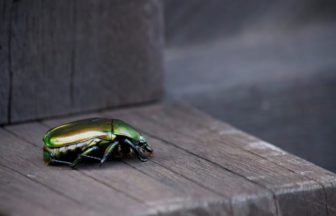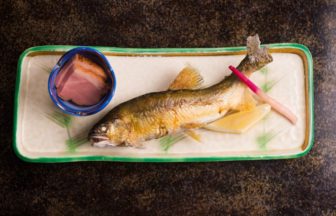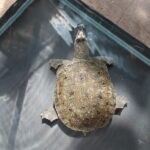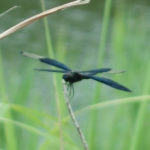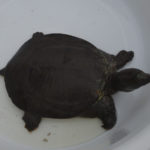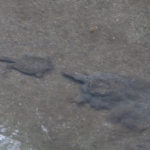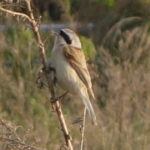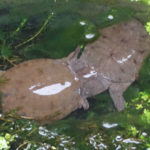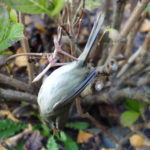CONTENTS
Japanese personal pronouns
There are many “I”s in Japanese. But all you need to learn is “wa-ta-shi (わたし)”. “You” is “a-na-ta (あなた)”. “We” is “wa-ta-shi-ta-chi” (わたしたち). A suffix “ta-chi” in “wa-ta-shi-ta-chi” means plural form of “wa-ta-shi”. The same is true for “a-na-ta ta-chi (あなたたち)” that means plural “you (あなた)”. Plural form of “he (かれ)” or “she (かのじょ)” is “ka-re-ra かれら)” or “ka-no-jo-ra (かのじょら)”. A suffix “ra (ら)” means the plural form of “ka-re” or “ka-no-jo”. Yo’d better not use “ta-chi (たち)” as a suffix of “ka-re”. Usually “ka-re-ta-chi” is not used. “Ka-no-jo-ta-chi” is sometimes used.
Personal pronouns
| wa-ta-shi (わたし) | |
| a-na-ta (あなた) | |
| ka-re (かれ) | |
| ka-no-jo (彼女) | |
| wa-ta-shi-ta-chi (わたしたち) | |
| a-na-ta ta-chi (あななたち) | |
| ka-re ra (かれら) ka-no-jo ra (Do not say “ka-re ta-chi” or “ka-no-jo ta-chi”) |
Greetings in everyday life in Japan
First of all, it is very useful to learn “su-mi-ma-sen (すみません)” and “A-ri-ga-to (ありがとう)”. When you don’t know what to do in Japan, say “su-mi-ma-sen”. This word is a kind of versatile. You can use it anytime at the beginning of conversation. When completing the conversation, all you have to do is say “A-ri-ga-to“. “O-ha-yo go-za-i-ma-su”, “Kon-ni-chi wa”, and “Kon-ban wa” are also basic and important words in Japanese.
Japanese greetings
| O-ha-yo go-za-i-ma-su (おはようございます) | |
| Kon-ni-chi wa (こんにちは) | or Good afternoon. |
| Kon-ban wa (こんばんは) | |
| O-ya-su-mi na-sa-i (おやすみなさい) | |
| Sa-yo-na-ra (さようなら) | |
| Su-mi-ma-sen (すみません) | |
| A-ri-ga-to (ありがとう) |



